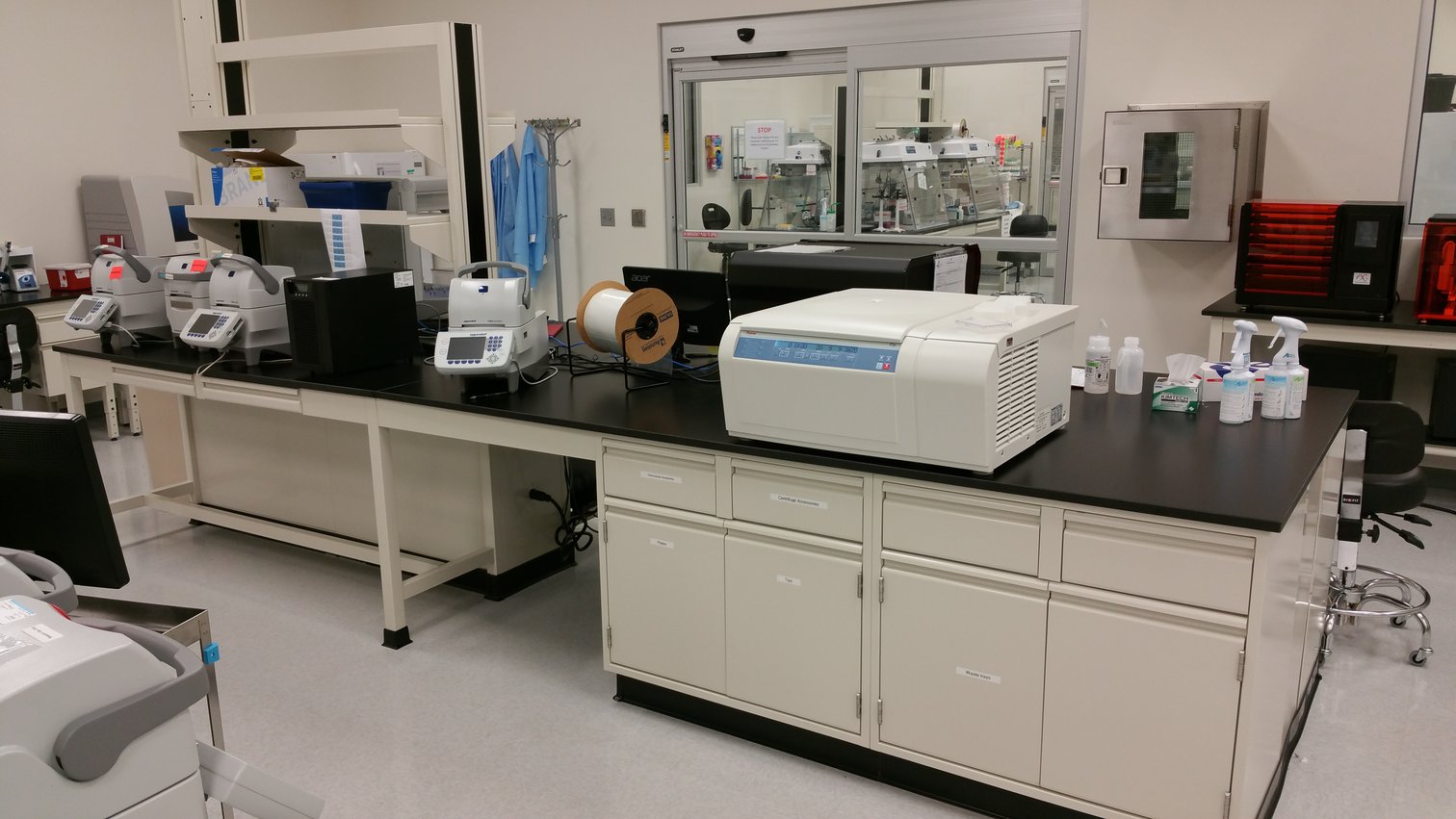Researchers and lab owners are constantly under the budget crunch with constant over-rising budgets and other surprising expenses. When it comes to cost-cutting, lab equipments are the ones that are expected to undergo slicing from the budget pie chart. In such situations, used and pre-owned equipment come to save the falling grace of the ongoing research project. While ensuring the continuity of the project, pre-owned labware like used biological safety cabinet, can save up to 70 percent of the cost.
However, there are a few things you must look out for as a buyer before investing in pre-owned pieces of equipment.
Replaceable parts and their availability
Pre-owned pieces of equipment also require maintenance and upkeep. You must make sure to have easy access to all the replaceable parts in case of a major breakdown of the system. It would be better if you ask about it the manufacturer or the third party seller. In cases of pre-owned equipment, sellers often provide limited warranties on them. Look for maintenance agreements and other purchase extended warranties.
Quality
Quality makes a lot of difference. Always go for the ones that have been recently put down from use rather than investing in ones that have been unused or lying in storage. If possible, run the instrument at the seller’s facility prior to buying. In case you are buying online, look for pictures or videos of the equipment from the seller before shipment. In addition to this, you can even ask for test records in case you have specific testing requirements.
Product details and information
Be a responsible buyer and have access to the complete history of the pre-owned product. As a buyer, it should be your first action point. These details may include maintenance logs, frequency of repairs, design, and model specifics, among other details. In case you have access to know about its previous usage, it would be beneficial info as well since it may require further cleaning and decontamination. Additionally, it can provide insight as to which sample/ residue was the last one used so that its remnants don’t mess up with your testing. Regardless of the brand, you must perform a comprehensive evaluation of features, specifications, and applications as well. For instance, even if you are investing in cell treat scientific products, you should be willing to compare and contrast the info with other models to find the ideal device that fits your lab requirements.
Lifespan
Having assurance on the lifespan of your purchased pre-owned equipment will give detailed knowledge about its capability and service length. Also, it’s not a good idea to be stuck with a device that keeps running out in the middle of a testing process.
















